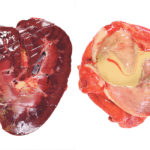In the animal world, cats are the species most often affected by chronic kidney disease. But slow deterioration of the kidney can occur in any animal, including horses. Kidneys are vital organs that have many important bodily functions. This pair of dark red organs sits tucked up along the lower back. They filter out nitrogen […] Read more
Tag Archives animal health — page 23
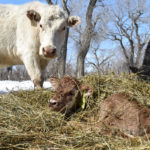
Abnormal development results in many calf problems
With calving season upon us again, I’ve been reflecting on the wide range of things that can go wrong in fetal development. Abnormalities can affect any system in the body and range in severity. The most serious and severe abnormalities cause spontaneous abortion or neonatal death. Others are mundane and are only detected by chance. […] Read more
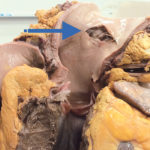
Physiological adaptation makes horses top athletes
Among animals, horses are remarkably adapted to thrive in a wide variety of climates and environments, including some of the more extreme places on Earth. For example, a herd of horses occupies Sable Island, one of Canada’s newest national parks. The horses have lived on the island off the coast of Nova Scotia since the […] Read more
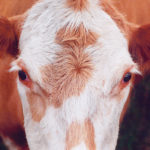
Lack of contractions in calving cows has various causes
There have been several instances during my career when an unexplained delay in calving has resulted in stillborn or weak calves because the calving process was too long. I would guess that most producers have run into this problem at one time or another. Although not much research has been done on the subject and […] Read more
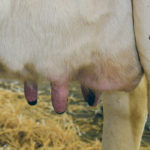
Knowing when to treat is crucial when udder edema cases appear
Producers sometimes have trouble recognizing udder edema. It is fluid accumulation within the udder and teats and ahead of the udder as bred cattle (primarily heifers) get close to giving birth. The fluid entrapment can lead to an uncomfortable condition and has the potential to cause mastitis. It could also impair long-term milk production. Udder edema is […] Read more
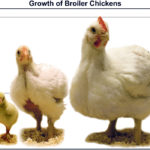
Research suggests chickens defining animal of our age
Among all domestic animal species, chickens have a special place in the history of human civilizations and on our dinner plates. Chickens were domesticated from wild jungle fowl that lived in the forests of southeastern Asia and spread via trade routes into the Middle East, Europe and Africa. During the establishment of European colonies worldwide, […] Read more

Sarcoids remain the most common cancer in horses
When it comes to animal health care, cancer is much more frequent in pet dogs and cats than it is in horses. However, cancer can occur in horses, particularly older ones. Tumours can arise from any cell type in the body ranging from those that make up the skin to the cells that line the […] Read more
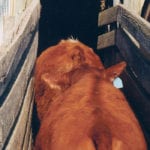
Finding ways to improve cattle’s footing pays dividends
Many feedlot audits in Canada and the United States look at slips, trips or falls of cattle, especially when loading or processing, and record the percentage for good reason. There are specific areas where footing can be improved or altered. As well, new methods can be used to improve animal welfare and decrease injuries. Producers […] Read more

Rodents on farms pose health risk to livestock, people
We all know intuitively that rats and mice on farms are a bad thing. With their continually erupting teeth, these rodents can chew and nibble their way through important infrastructure. They can destroy walls, pipes and equipment. Barn fires have often been attributed to damaged electrical wires, and rodent arsons are usually prime suspects. Rodents […] Read more
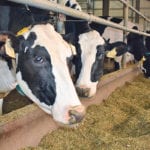
Breeding bulls may be source of bovine leukosis virus
Bovine leukosis virus is a widespread viral infection in cattle in North America. Dairy cattle tend to have a higher level of infection with estimates of 14 percent of all dairy cows being infected with the virus. Older cows are often more likely to be infected. The virus is usually spread from animal to animal […] Read more



